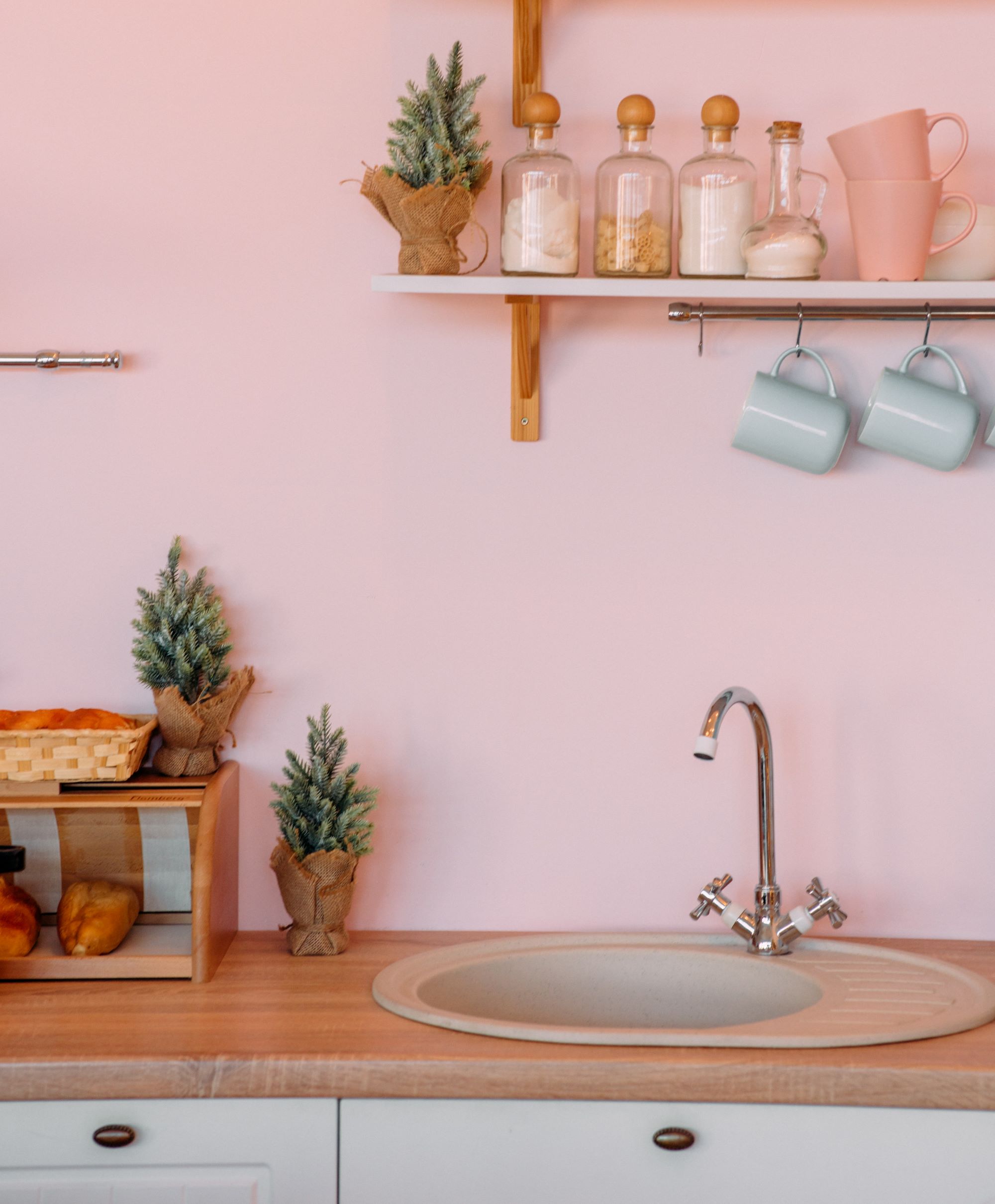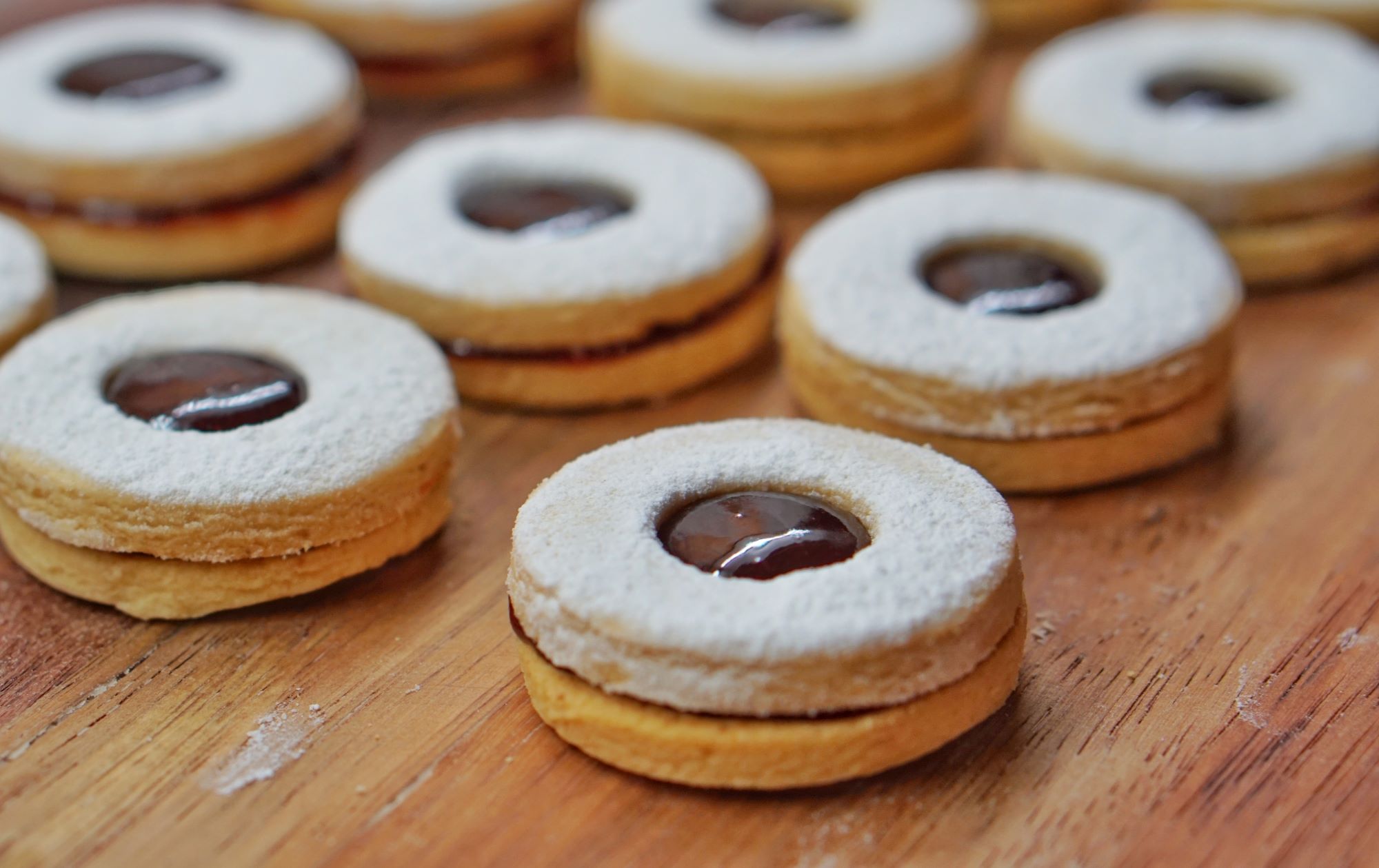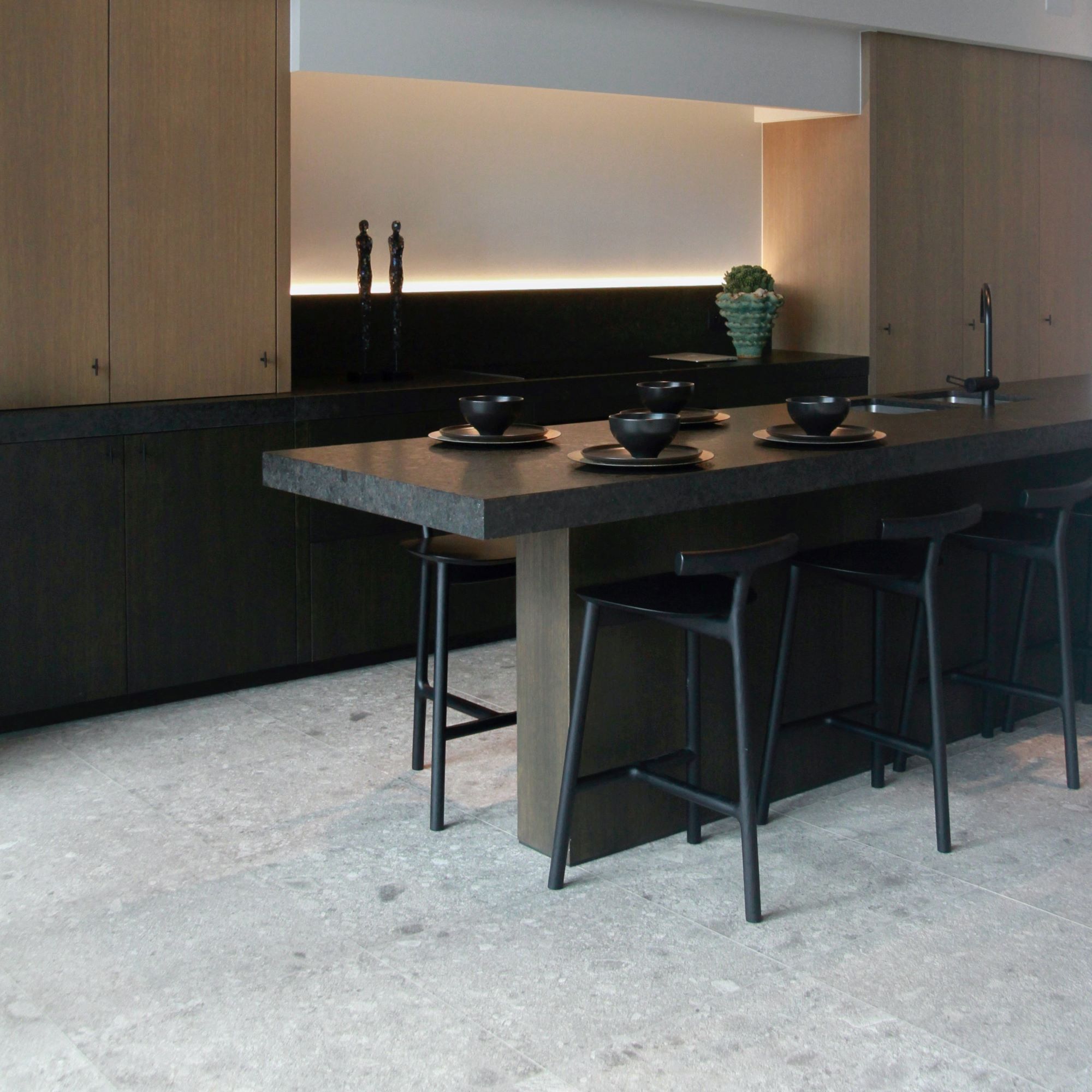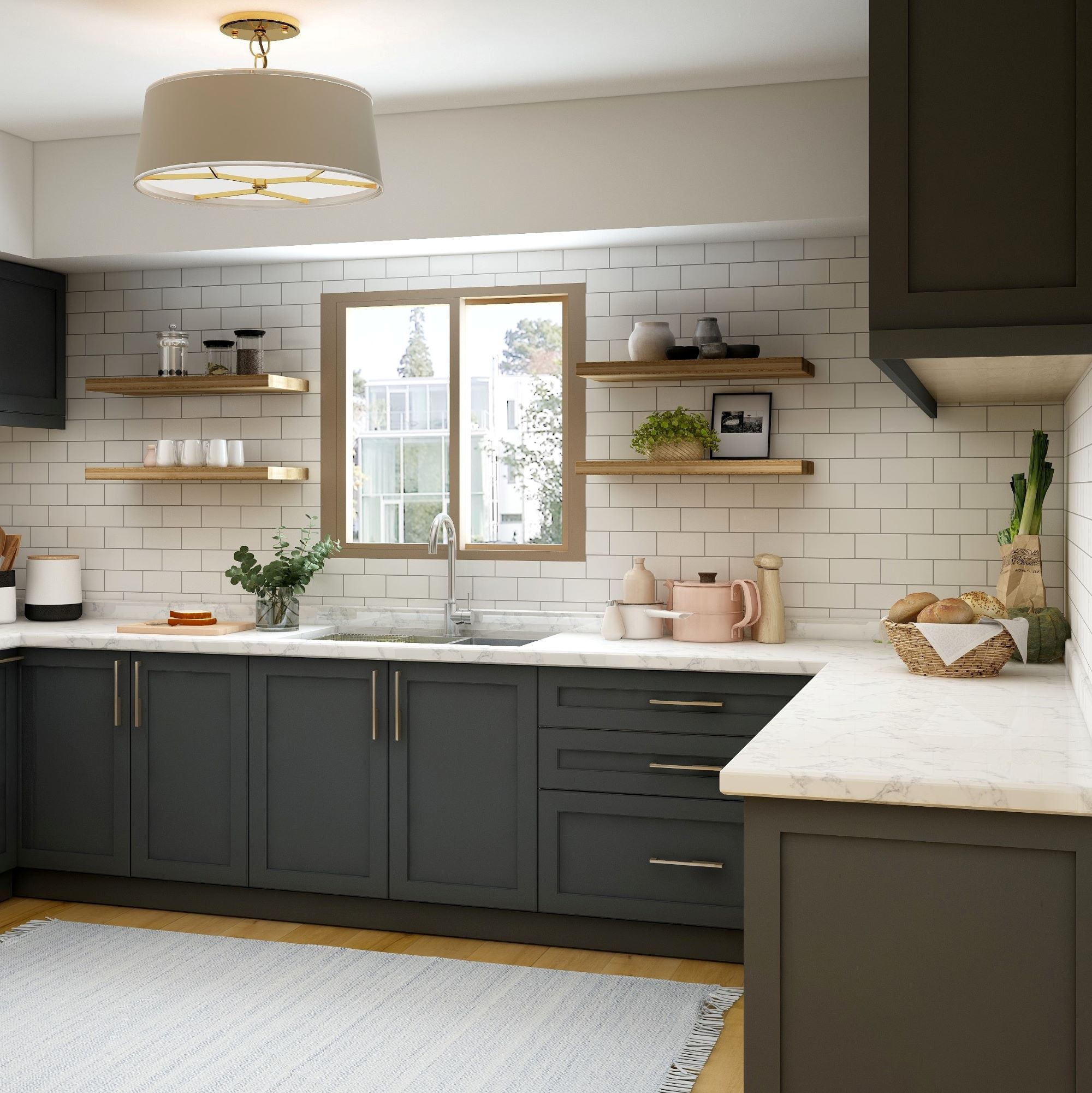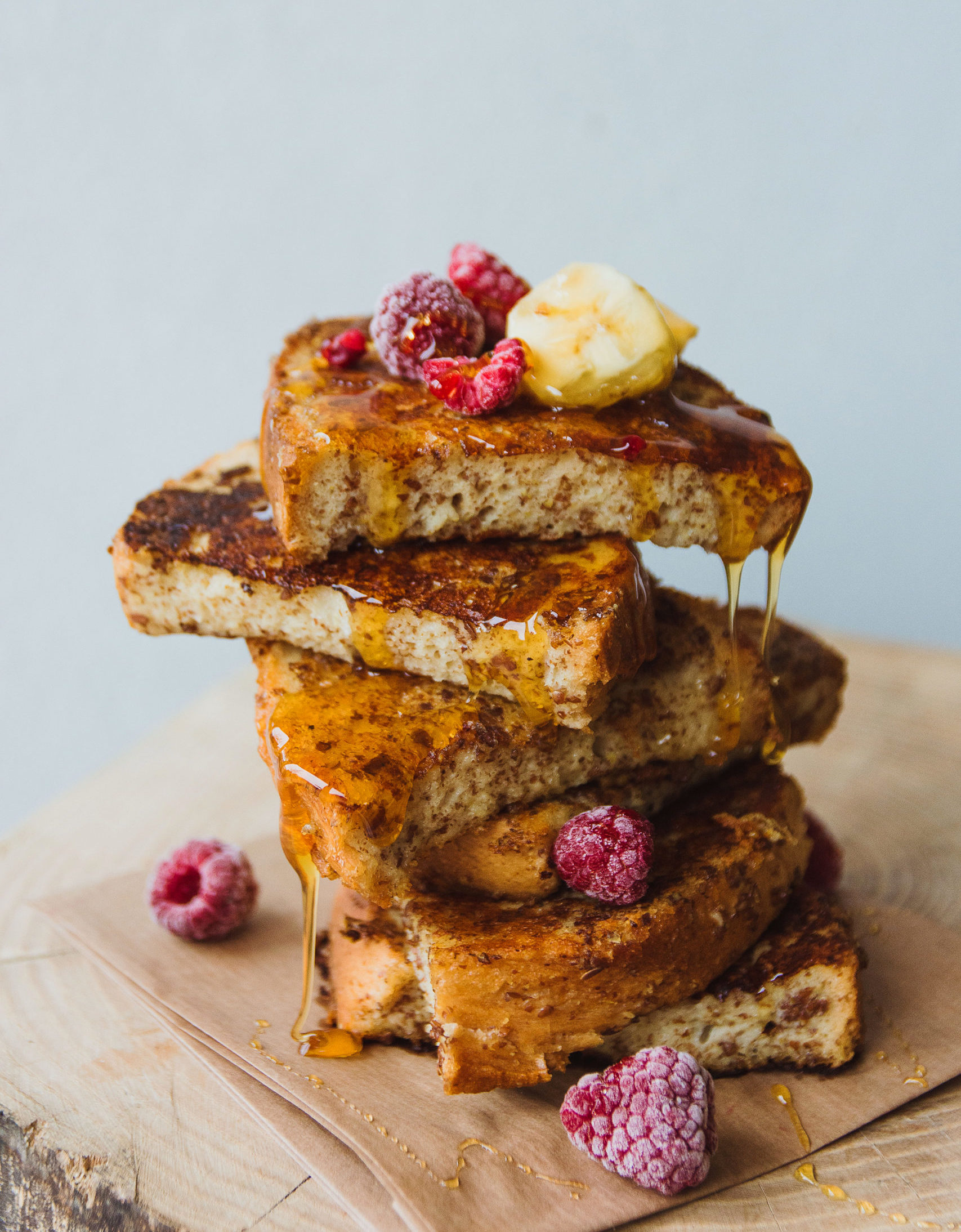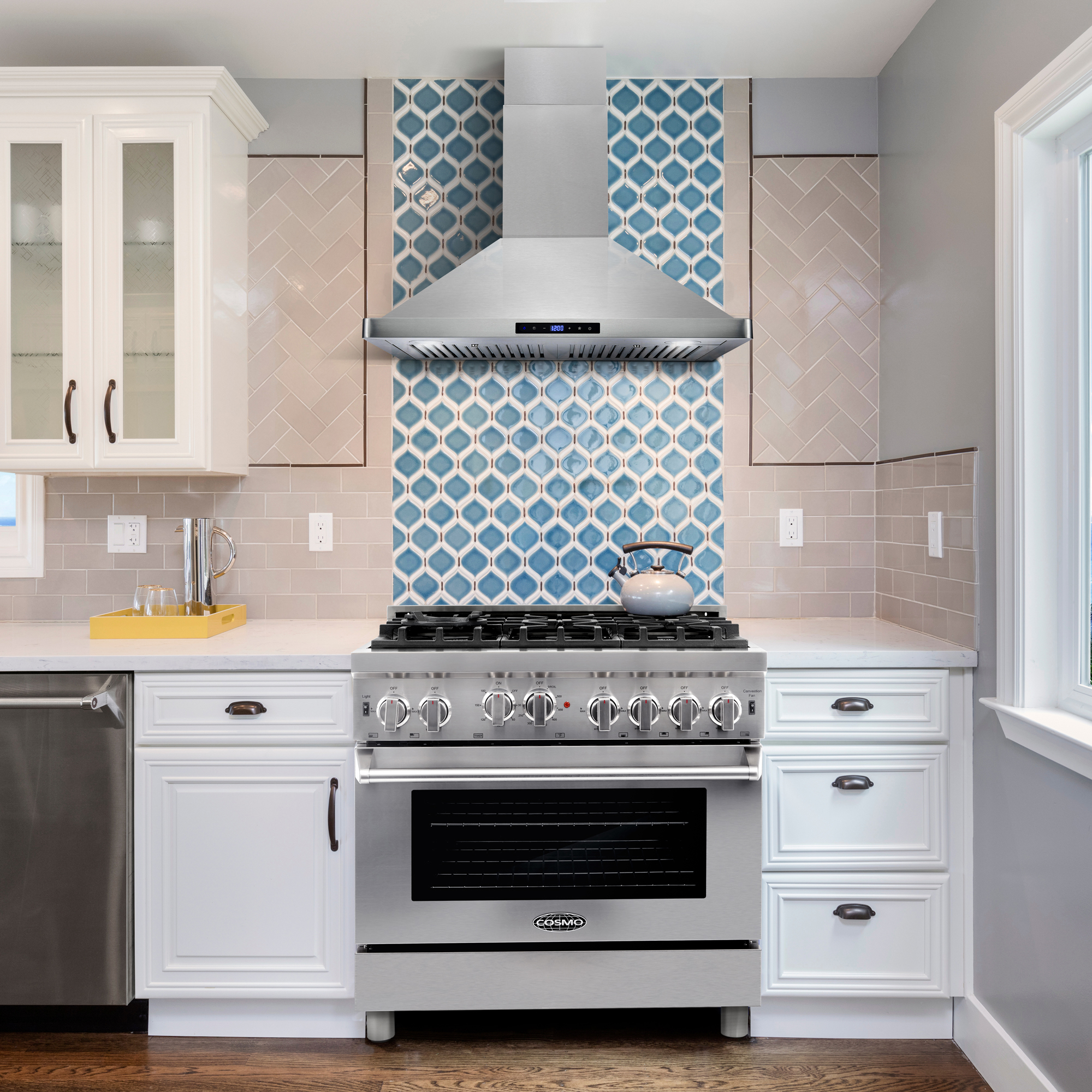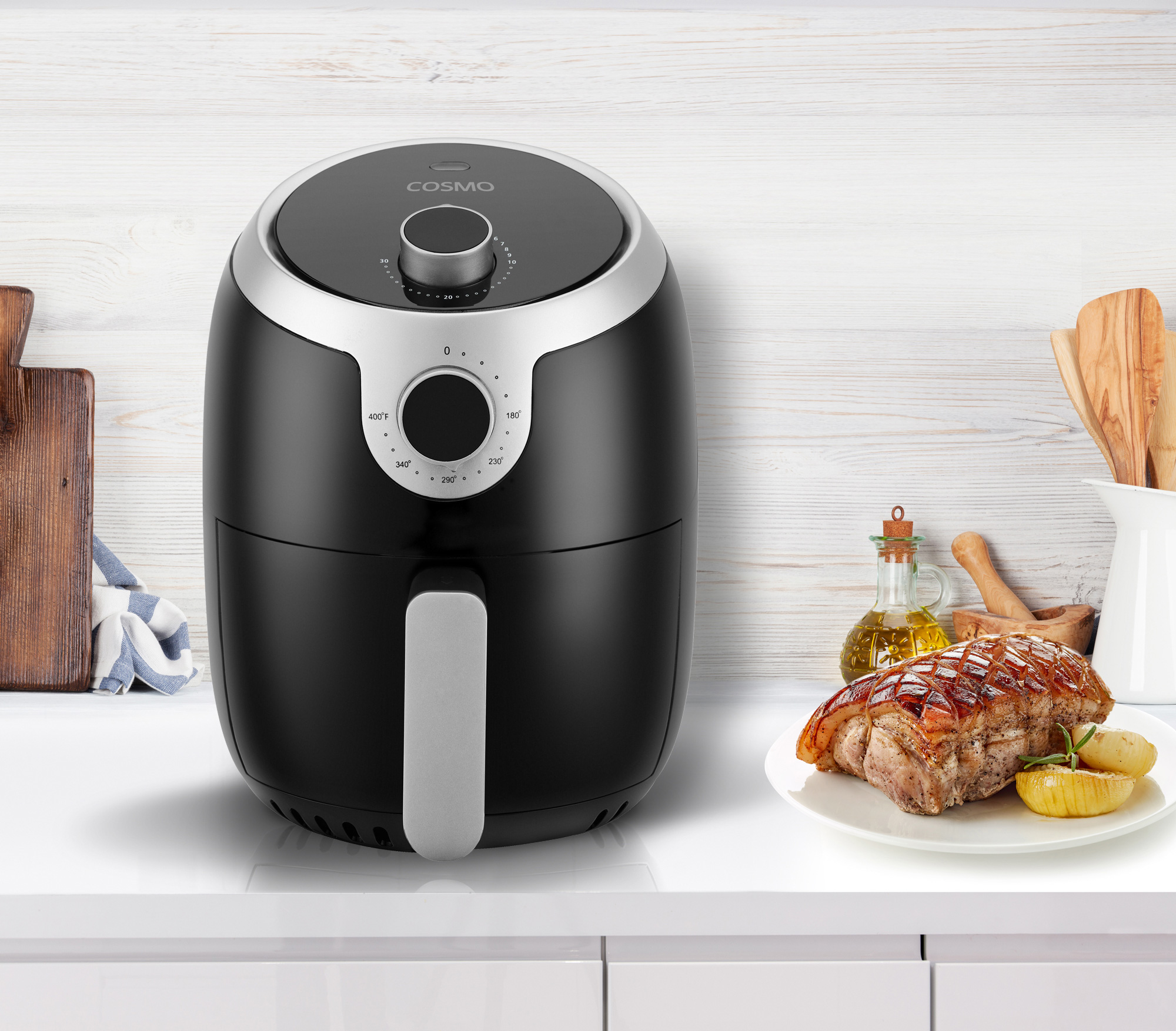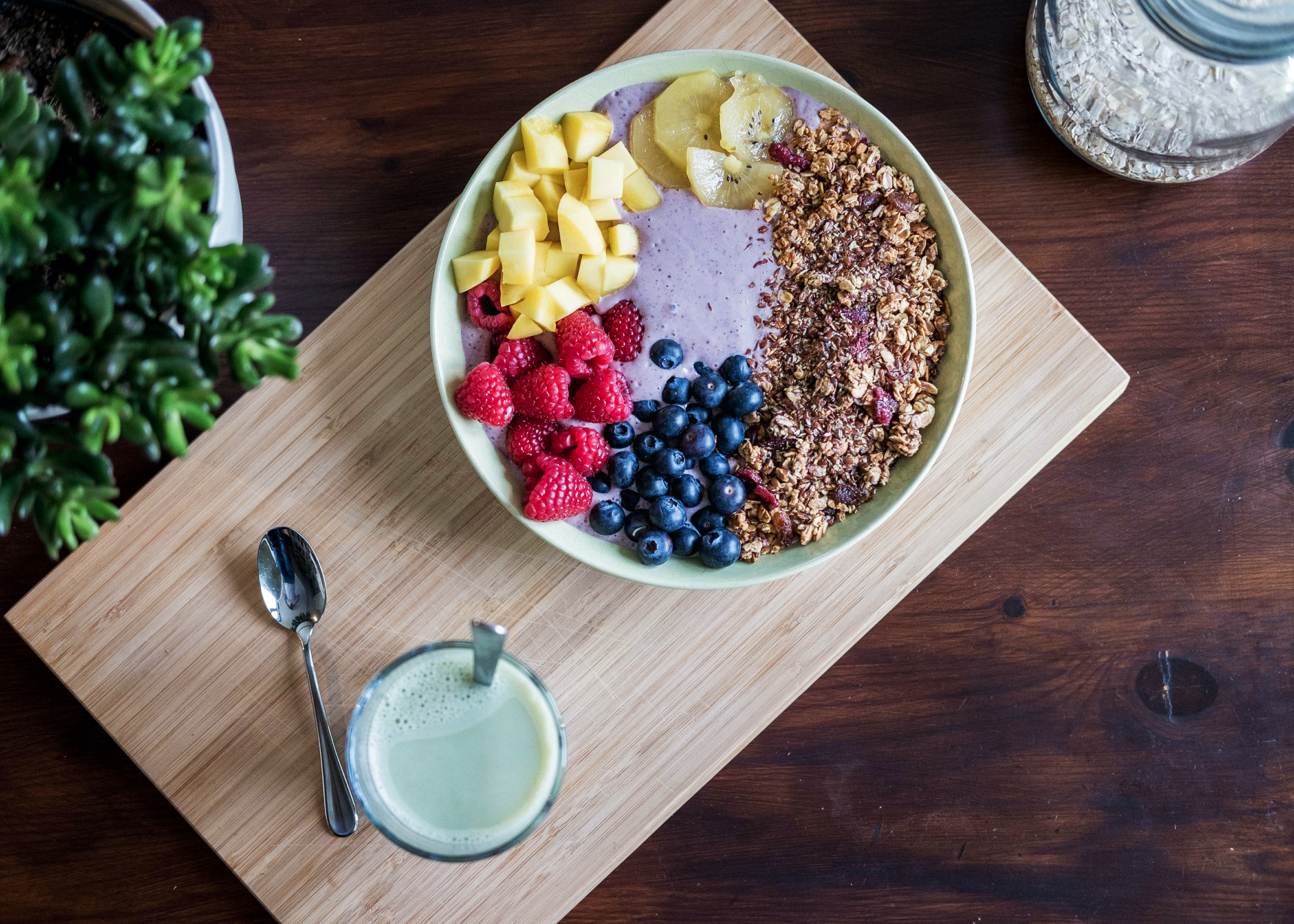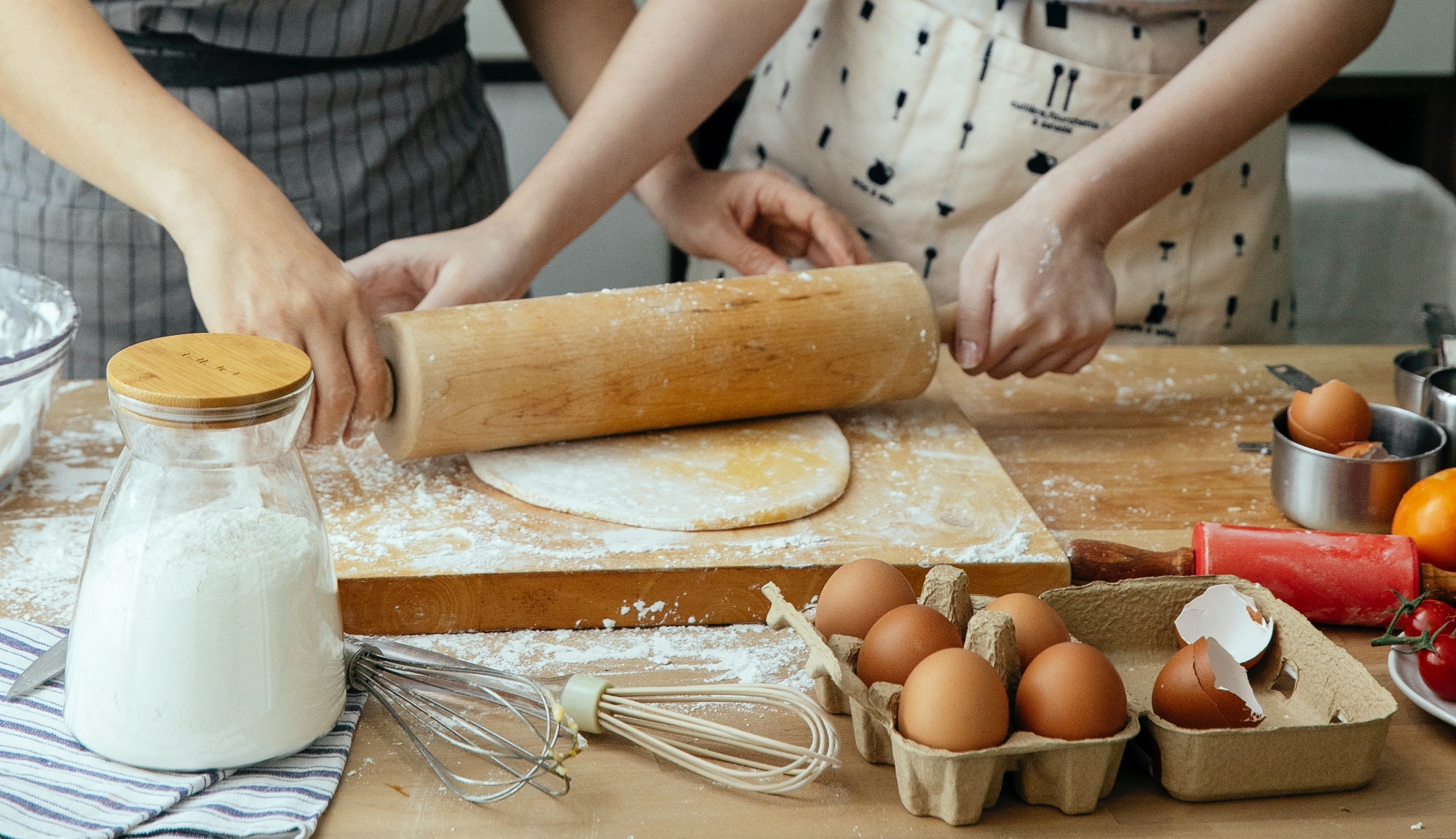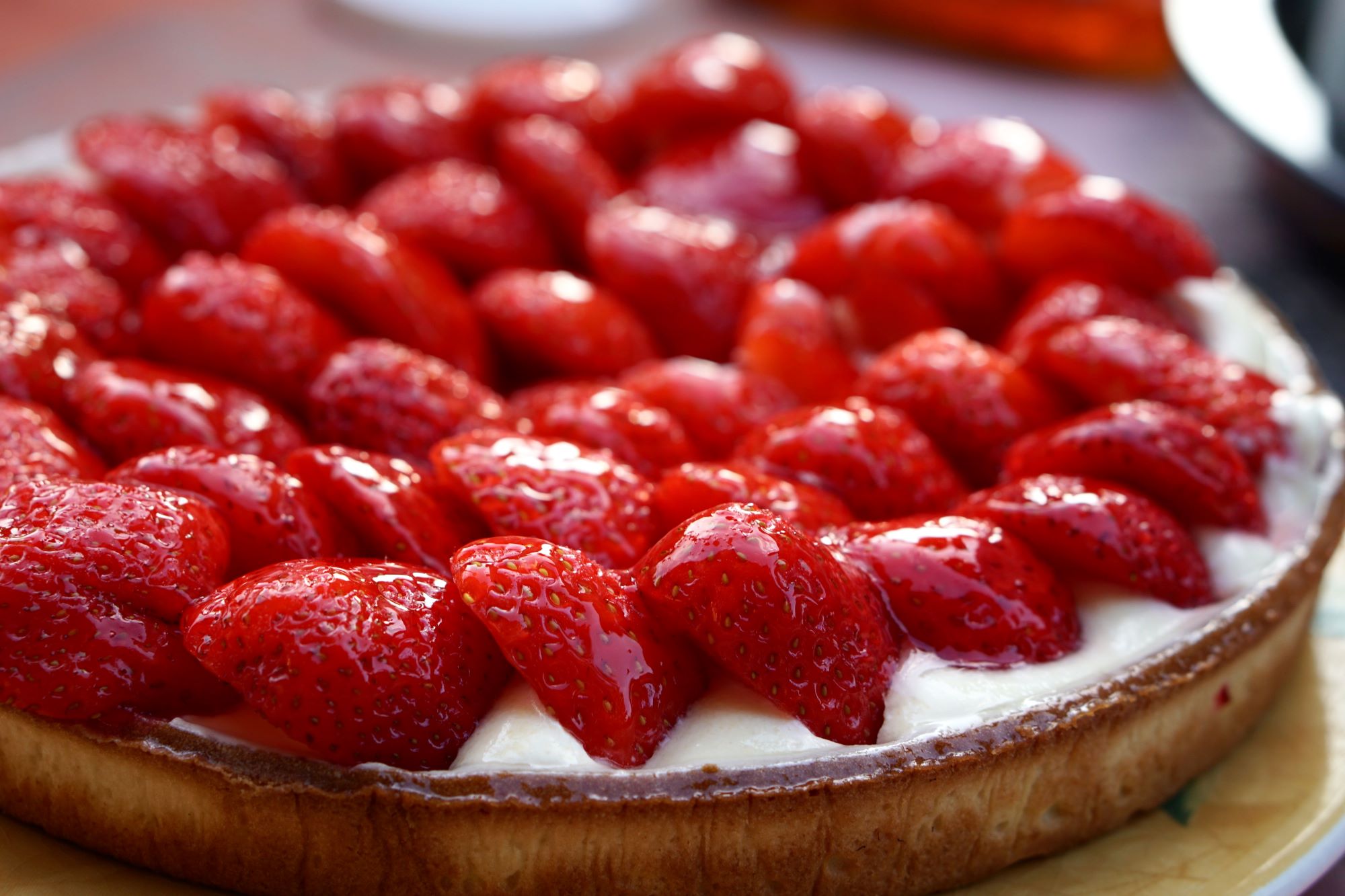Design 101: Mixing Materials
Creating a timeless kitchen space can be accomplished when incorporating and mixing different styles. You don’t need a massive budget to learn some key principles and apply them to your own kitchen. Here’s five ways you can leverage materials to create beautifully layered interiors. Contrast. Worry less about whether furniture should match and more on how different pieces can enrich each other when placed together. If you have straight lines and contemporary pieces, place a Baroque shape next to them to heighten both. Placing all similar pieces and styles together in one place could result in a lackluster design. Patina. Time plays a key role in a kitchen design. The history with antique pieces such as aged metal, worn leather or distressed wood captures the distinct richness to an interior. An abundance of glossy finishes will appear cold, you want a bit of wear to soften it. This adds the soul to a kitchen. Texture. Combining textures further enhances the soul of a space. You never want to cover everything with all wood or metal pieces. It’s much more interesting to look at the contrast of different textures. For instance, placing a blue clay against satin or a cool linen against a deeper velvet. If you find yourself overwhelmed, find a connection in tonality or color among textures. Light. Material will absorb or reflect light differently. You can create variations to enhance this further when deciding on pieces. Glass for example, can come in many different shapes and colors. Bringing in the light to a kitchen will enhance moods and bring a warmer environment to an otherwise dull space. Personality. Your kitchen at the end of the day needs to be a reflection of yourself. While it’s great to seek out materials based on their look, a personal kitchen tells a deeper story. Antiques passed down through a family or furniture purchased in memorable locations will play with the element of memory. You’ll feel happier when you look at a piece that has a deeper value to you. Sources: House Beautiful

